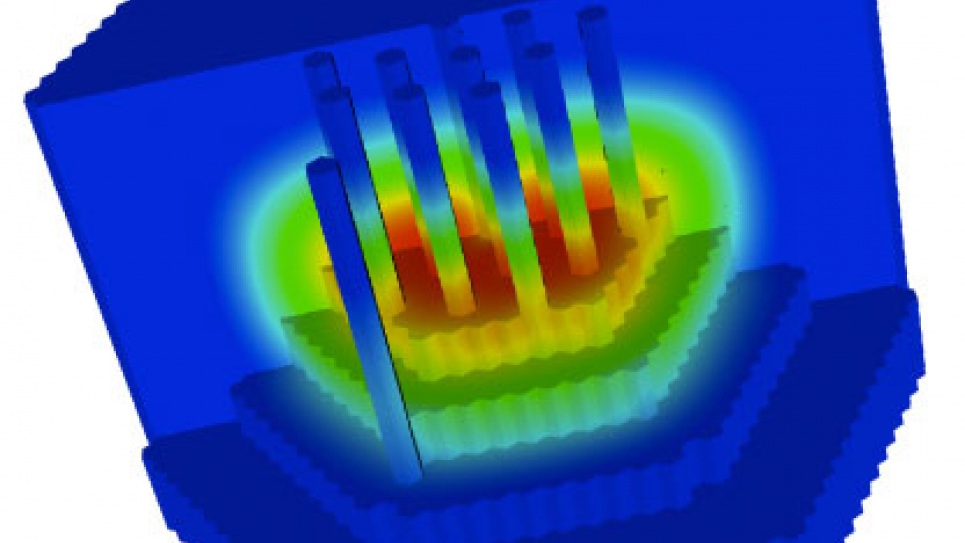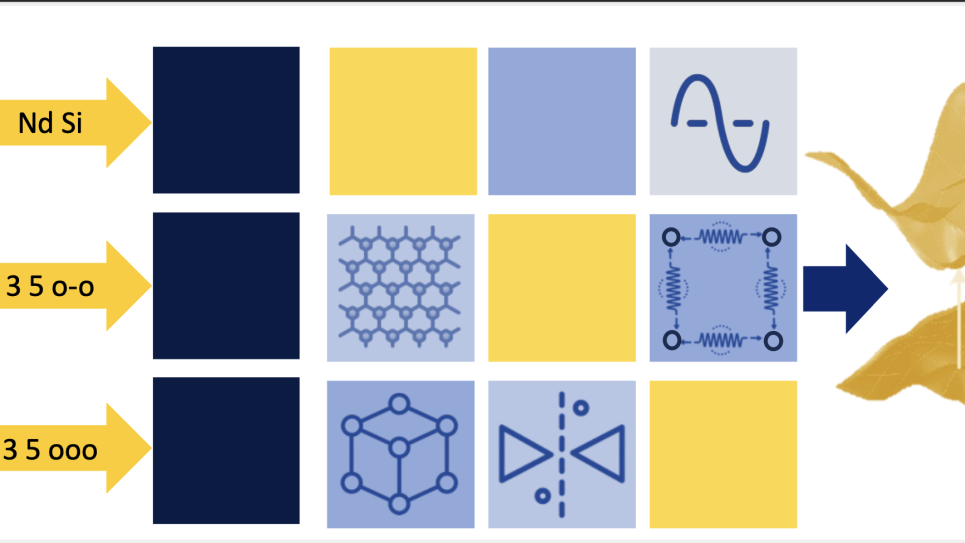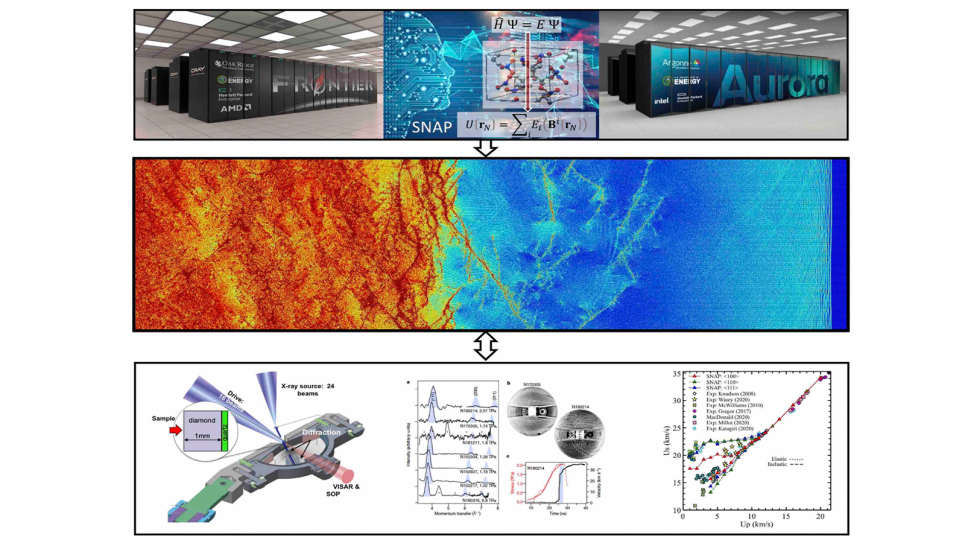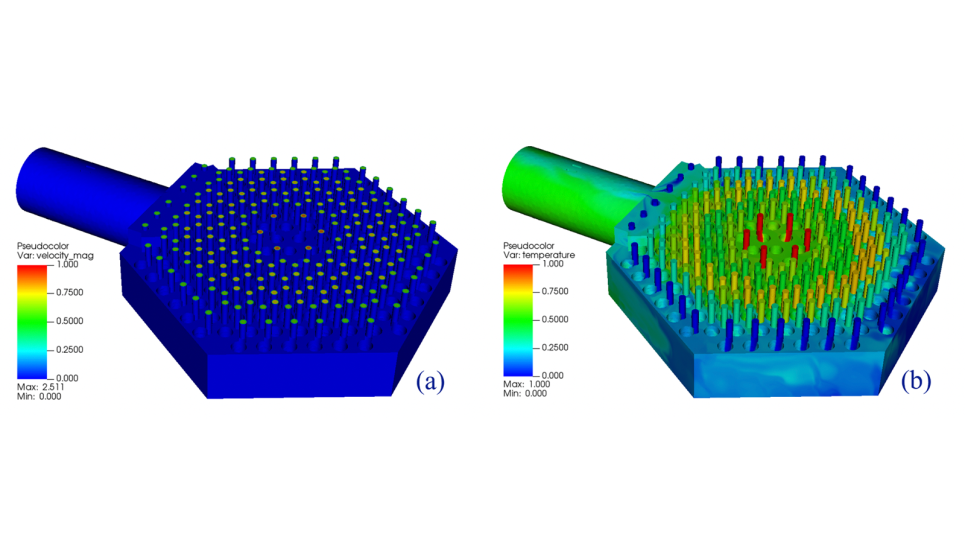
Scalable, Explicit Geometry, Whole-Core Nuclear Reactor Simulations
PROTEUS Improves Nuclear Reactor Design and Analysis
With a primary focus on nuclear energy issues, the Department of Energy has developed a multi-physics simulation framework at Argonne for the analysis and design of nuclear reactors.
Making use of this framework, Micheal Smith and a team of researchers run PROTEUS—a reactor physics toolset focused on improving the existing methodology for nuclear reactor analysis and design, including fast reactor analysis of facilities like the MONJU reactor in Japan and the TerraPower reactor concept funded by Bill Gates.
ALCF Resources Increase Accuracy
With access to leadership-class computing systems like those at the ALCF, many of the approximations in legacy modeling methodologies are no longer necessary. PROTEUS provides the power distribution on the deformed geometry, allowing researchers to predict the change in power distribution derived from thermal expansion and improve the design and safe operation of nuclear reactors.
Two PROTEUS neutronics components were used in this study: MC2 –which processes the continuous cross-section data into equivalent multi-group data (material properties), and SN2ND—which solves the multi-group neutron transport equation on peta-scale architectures. Zero Power Reactor (ZPR) experiments provide clean benchmark cases against which PROTEUS modeling can be compared. With high performance computing, PROTEUS improves the modeling accuracy in important reactions, effectively reducing errors from 5-10 percent to less than 4 percent.
SN2ND calculations routinely use 65,536 cores on Intrepid to solve problems with hundreds of billions to trillions of degrees of freedom. The group’s primary efforts focused on detailed models of ZPR-6 experiments carried out at Argonne and the MONJU restart activities carried out in Japan.
A steady state drawer-homogenized SN2ND calculation of a ZPR-6/6A model was used for validation purposes. SN2ND was a finalist for the 2009 Gordon Bell prize where the primary physics calculation was a detailed plate-by-plate model of ZPR-6/6A.


